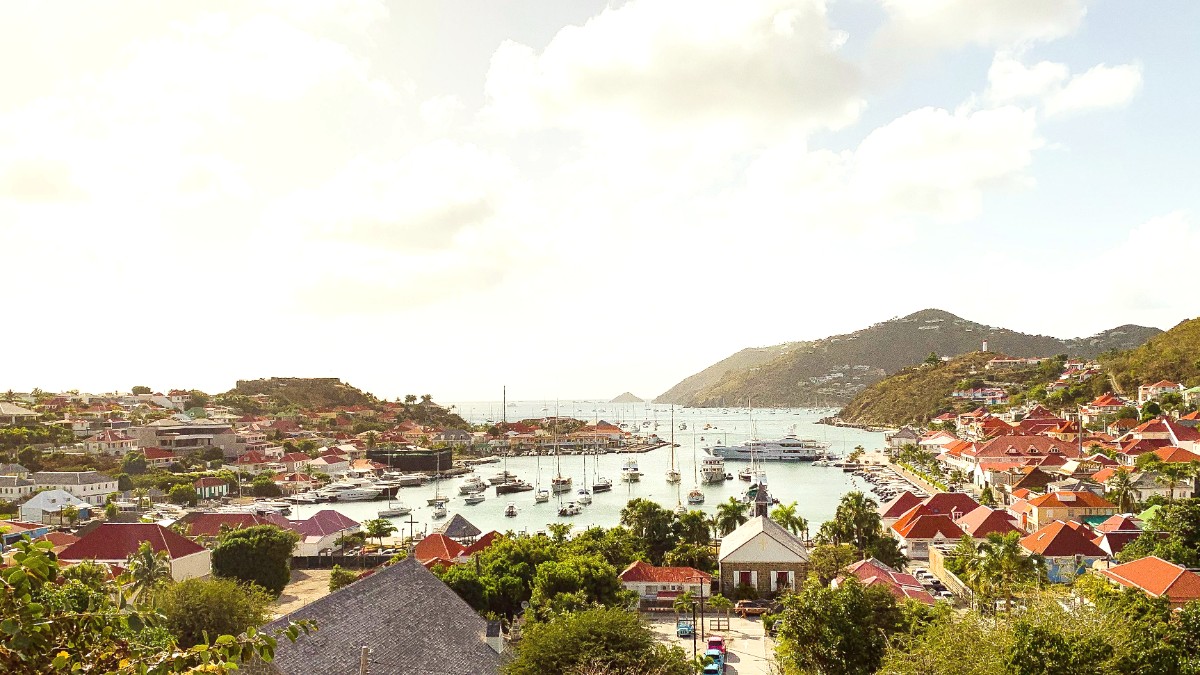
The absence of a formal public transportation network indicates travelers need to plan their local transport carefully. Options like taxis, rental cars, or scooters are the main modes of movement.
This contrasts with many other travel destinations where public transport is an affordable and convenient way to explore. Therefore, traditional public transit elements like route maps, ticketing systems, and specific schedules do not apply here.
No formal public bus or metro system for tourists.
No comprehensive route maps or consistent schedules for public transit.
The island has a school bus system, but this is for local students, not general public use.
Available at airport, port, and major hotels.
Best to call or have hotel arrange; not hailing from street.
Uber or Lyft do not work on St. Barts.
Regulated, fixed fares in Euros (cash preferred).
Renting a car on St. Barthélemy gives the most freedom for exploring the island. Valid driver's licenses from most countries are accepted for short visits.
Private boat charters are a popular option to explore secluded coves or nearby islands.
The island does not have tour buses or hop-on-hop-off services.
Hilly terrain and narrow roads make navigation difficult for individuals with mobility impairments.
Planning your local movement on St. Barts is important due to the lack of public transportation. Here are considerations.
Gustavia is perfect for self-guided walking tours, exploring its charm and shops.
Enjoy the town on foot.
Explore marked hiking trails to secluded beaches like Colombier or natural pools at Grand Fond.
Discover natural beauty.
Cycling is mainly suitable for experienced cyclists due to the island's challenging hilly terrain.
For seasoned riders.
St. Barts offers various ways to explore its beauty and charm, though it lacks a formal public transport system.
The island's roads are narrow and steep, requiring careful driving.
Parking can be a challenge, especially in Gustavia and St. Jean.
Gustavia and St. Jean are pedestrian-friendly for exploration.
While St. Barts does not have extensive public transportation, the available options cater well to visitors seeking convenience and a personalized travel experience.
Embrace the freedom of a rental car or the ease of taxis to discover all the island has to offer.